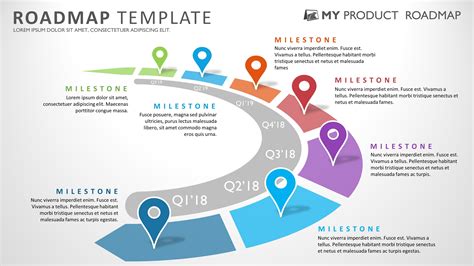How To Boost Research Innovation? Proven Strategies

Boosting research innovation is crucial for driving economic growth, improving healthcare, and addressing global challenges. Innovation in research enables scientists, academics, and industries to develop new products, services, and processes that can transform lives and societies. However, fostering an environment that encourages innovation can be complex and requires a multifaceted approach. This article delves into proven strategies to boost research innovation, focusing on creating conducive environments, leveraging technology, and fostering collaboration.
Creating a Conducive Environment for Innovation

A conducive environment is the foundation upon which innovation thrives. This involves not only physical infrastructure but also a cultural and policy framework that supports creativity and risk-taking. Investing in state-of-the-art facilities and equipment is essential to provide researchers with the tools they need to explore new ideas and technologies. Moreover, interdisciplinary research centers can bring together experts from diverse fields, promoting the exchange of ideas and the development of innovative solutions to complex problems.
Encouraging a Culture of Innovation
Encouraging a culture that values innovation is critical. This can be achieved by recognizing and rewarding innovative achievements, providing opportunities for professional development, and fostering an environment where failure is seen as a stepping stone to success. Such a culture not only motivates researchers to push the boundaries of what is possible but also attracts talent from around the world. Additionally, flexible funding models that allow for exploratory research can provide the necessary financial backing for innovative projects.
| Strategy | Description |
|---|---|
| Invest in Infrastructure | Provide state-of-the-art facilities and equipment |
| Interdisciplinary Research | Encourage collaboration across different disciplines |
| Culture of Innovation | Foster an environment that values creativity and risk-taking |

Leveraging Technology for Innovation

Technology plays a pivotal role in boosting research innovation. Artificial intelligence (AI), big data analytics, and cloud computing are transforming the way research is conducted, enabling faster analysis of complex data, simulation of experiments, and collaboration across distances. Moreover, open-source platforms and collaborative software tools can facilitate global collaboration and the rapid dissemination of research findings.
Embracing Digital Transformation
The digital transformation of research processes can significantly enhance innovation. This includes adopting electronic lab notebooks for better data management, utilizing virtual and augmented reality for immersive research experiences, and implementing blockchain technology for secure data sharing and intellectual property protection. By leveraging these technologies, researchers can streamline their workflows, reduce costs, and accelerate the discovery process.
- Utilize AI and big data analytics for complex data analysis
- Adopt cloud computing for scalable research infrastructure
- Implement open-source platforms for global collaboration
Fostering Collaboration and Knowledge Sharing
Collaboration and knowledge sharing are essential for research innovation. International partnerships can bring together diverse expertise and resources, while industry-academia collaborations can ensure that research is relevance-driven and has practical applications. Furthermore, open-access publishing and data sharing initiatives can accelerate the dissemination of research findings, facilitating broader collaboration and speeding up the innovation cycle.
Building Effective Partnerships
Building effective partnerships requires a deep understanding of the needs and capabilities of all parties involved. This involves clear communication, mutual respect, and a shared vision for what can be achieved through collaboration. By fostering such partnerships, researchers can access a wider range of expertise, technologies, and markets, significantly enhancing their innovation potential.
What are the key elements of a conducive environment for research innovation?
+The key elements include state-of-the-art facilities, a culture that values creativity and risk-taking, and opportunities for interdisciplinary collaboration and professional development.
How can technology accelerate research innovation?
+Technology can accelerate research innovation by enabling faster data analysis, simulation of experiments, global collaboration, and the secure sharing of research findings.
Why is collaboration important for research innovation?
+Collaboration is important because it brings together diverse expertise and resources, ensures relevance-driven research, and accelerates the dissemination of research findings, leading to more innovative and impactful outcomes.



